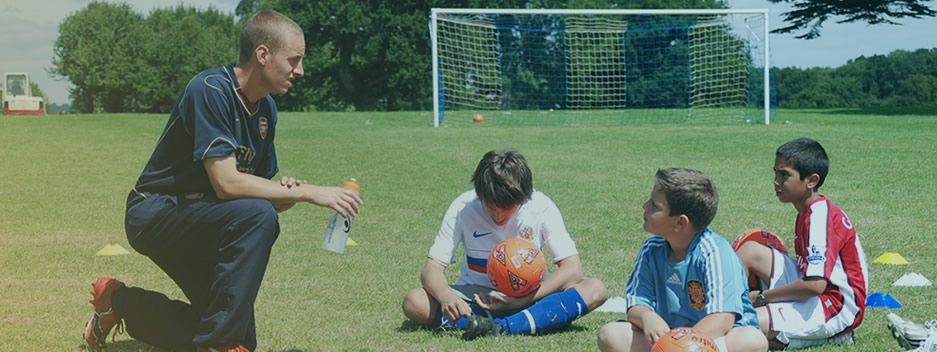5 Tips to Communicate Effectively as a Coach
- March 13th, 2019
- Tom Bean

A change of coach often see's a change in a teams performance. Generally, the tactics do not differ dramatically and the athletes don't suddenly become x amount more or less talented; so what is it that causes the change in performance?
A common misconception is that the coach's most important job is to decide upon the tactical approach which best equips the team/player to win the game. Infact, the most prominent influence is arguably how effective the coach is in communicating the approach.
Sport is built upon creating relationships and managing them, their quality is determined by how individuals communicate with one another. From a coaches point-of-view, they are vital in improving individuals and maintaining harmony within the team - success hinges upon the quality of relationships between a coach and its athletes.
To communicate effectively, a coach must initially recognise what makes the athletes tick and understand their incentives. Once these are grasped, one must adapt the way they communicate to:
- initially give instructions effectively;
- to ensure athletes are comfortable within the team environment;
- and finally to keep them motivated.
Recognising communication as just the words a coach speaks is dangerous. According to UK Coaching (www.ukcoaching.org), effective communication is broken down into three parts: 7% spoken word, 38% tone of voice and 55% body language.
The spoken word that two coaches deliver can be exactly the same. However with such a small percentage actually amounting to the overall communication, the message can vary dramatically from one coach to another depending on their body language and tone of voice.
A message delivered loudly and with aggressive body language, opposed to one conveyed in a gentler, more accommodating manner creates a stark contrast in how the message is perceived by the athletes.
The player-coach relationship and perception of the message determines potential changes in relationship with the coach and the overall reaction from the player.
- weak relationship + negative perception → even weaker relationship + poor reaction
- weak relationship + positive perception → strengthened relationship + increased reaction
- strong relationship + negative perception → weakened relationship + lowered reaction
- strong relationship + positive perception → even stronger relationship + good reaction
The scale illustrates the importance of a strong relationship and positive player perception on how a coach develops/maintains relationships and ultimately how the athletes react to the communication.
How should you be communicating to get the best from your athletes?
Limit your points
Limit your points
Athletes need to have confidence in what you are telling them. Therefore, limit your communication to three digestible points that firstly you understand and that the athletes can grasp (use coaching tools to improve clarity). Through understanding, athletes will recognise their role and will trust in the communication from the coach.
Recognise different personalities
By recognising how different athletes react to different cues should influence the way you communicate with each individual - some need an arm around their shoulder, some need tough love. By building a relationship and getting to know what makes your athletes click will give you the best idea of how to communicate with them to maintain the relationship.
Accept mistakes are inevitable
Mistakes are inevitable, how you communicate when they happen is vital. With over 50% of communication body language, the slightest negative feedback can impede the athletes performance, particularly when working with younger athletes. Focus on delivering the most appropriate communication cues to suit the individual's personality when mistakes are made, even if it means hiding your private feelings.
Give athletes opportunity to speak
Appreciating that communication is a two-way process builds trust between you and the athletes. The healthy relationship and freedom to give their own input creates an environment which encourages leaders to grow within the team and elicits a mutual trust.
Don't over coach
Over communicating can stifle the athletes creativity and ability to think for themselves in the field of play; during games, athletes must be problem solvers. By over-coaching, you risk being perceived as not trusting them to find solutions for themselves - ultimately this will impede the relationship and team performance.
Communication is the backbone of how a team interacts and functions. The way you communicate with your athletes constructs relationships which influence how a message is perceived and ultimately how the team performs.
Make sure you get your communication right - the message can be the same but the outcome can be totally different if you get it wrong!